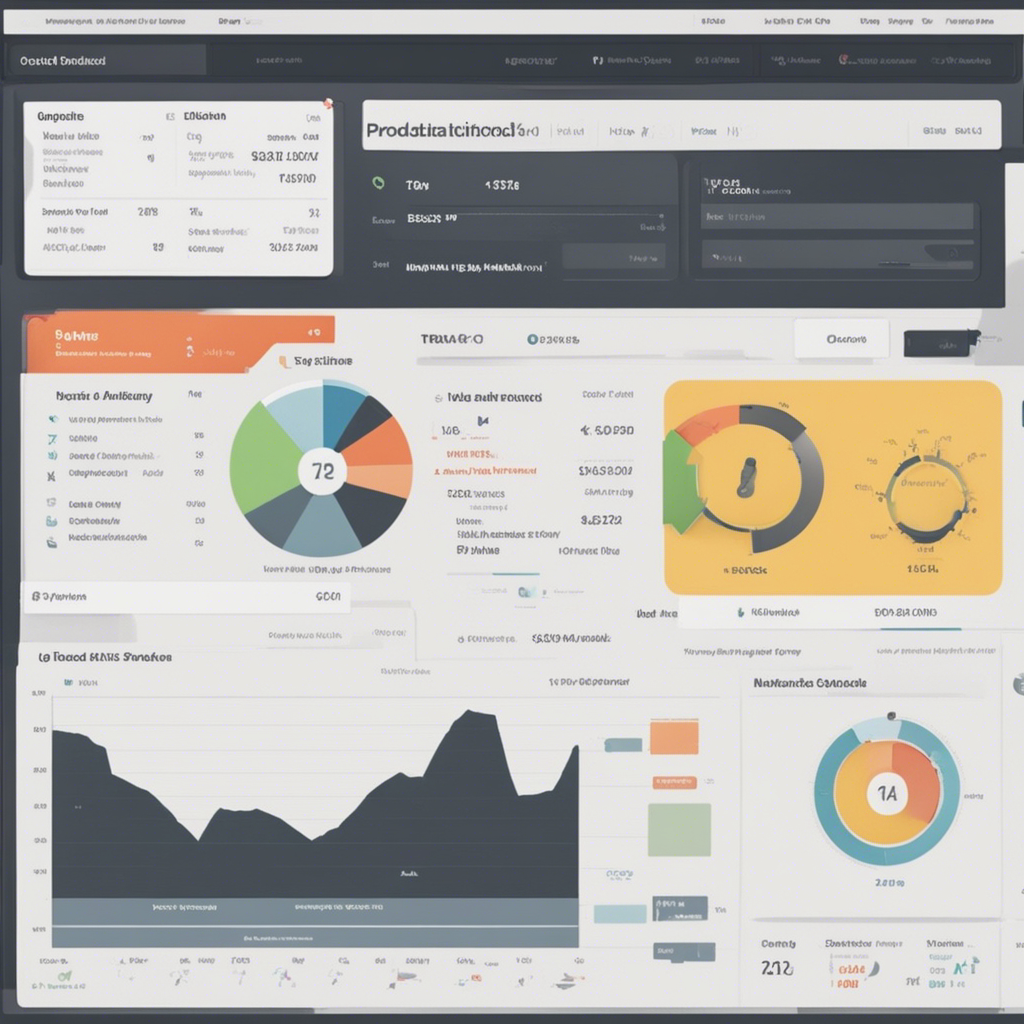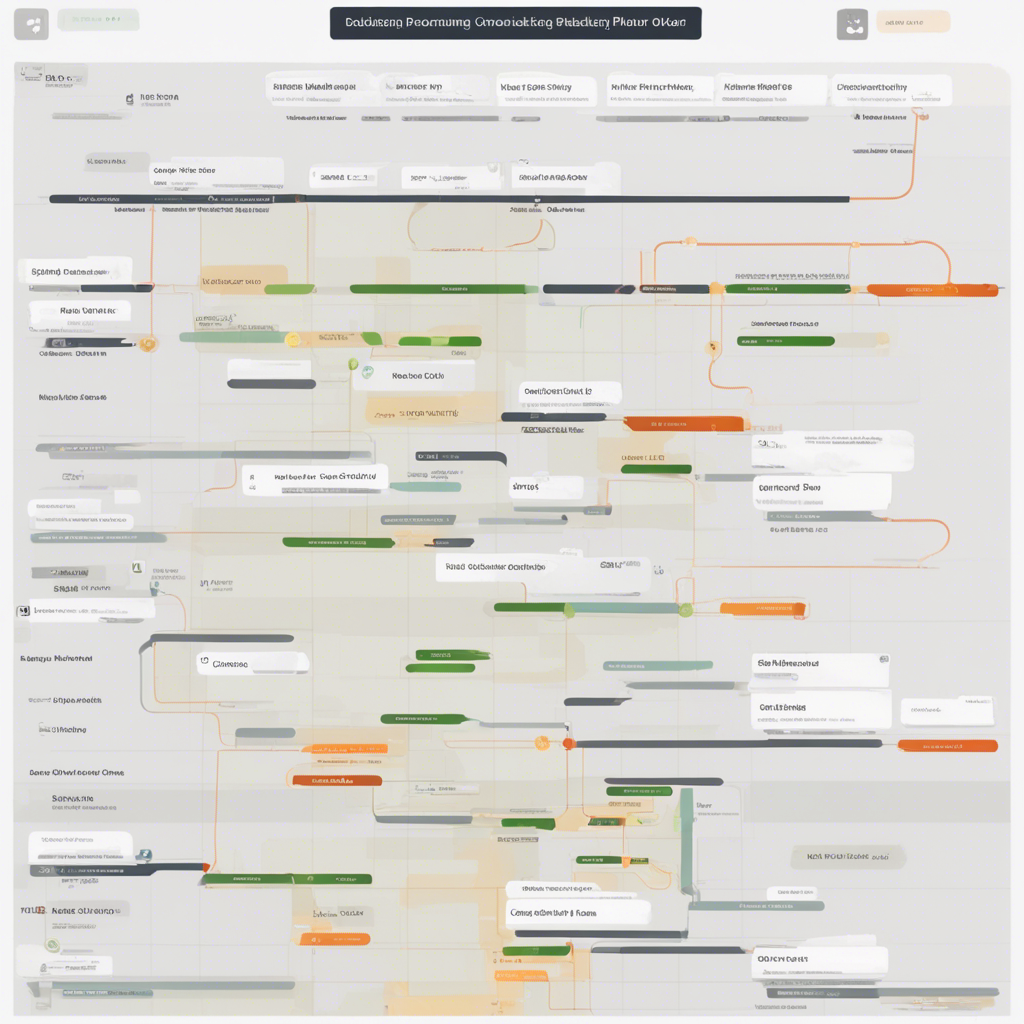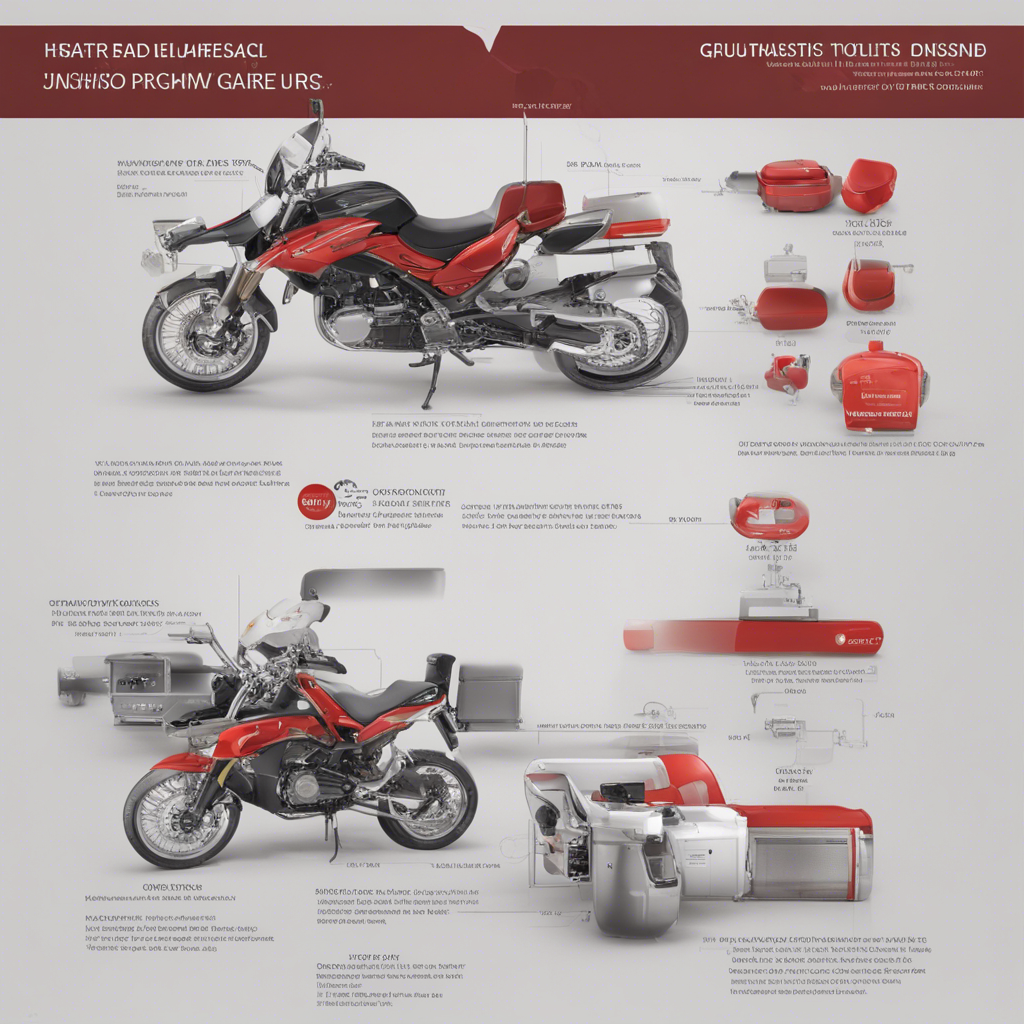
Product Metrics that Matter: Measuring Success
Measuring the success of a product is crucial for any business. By analyzing relevant metrics, organizations can gain valuable insights into how well their product is performing, identify areas for improvement, and make data-driven decisions to drive growth. In this blog post, we will explore the most important product metrics that matter and how to effectively measure them.
Introduction
Understanding the key metrics that indicate product success is essential for both product managers and business stakeholders. These metrics provide insights into areas such as user engagement, customer satisfaction, revenue generation, and product performance. By regularly monitoring and analyzing these metrics, organizations can track their progress and make informed decisions to optimize their product strategy.
User Engagement Metrics
User engagement metrics evaluate how users interact with a product and measure the level of involvement and satisfaction.
- Active users: The number of active users provides an overall view of product usage. It includes both new and returning users, indicating the size and growth of the user base.
- Session duration: This metric measures how long users spend on the product during each session. Longer session durations typically indicate higher user engagement.
- User retention: User retention measures the percentage of users who return to the product within a specific timeframe. A high retention rate indicates that users find value in the product, while a low rate suggests room for improvement.
- Churn rate: The churn rate reflects the percentage of users who discontinue using the product. Lower churn rates signify higher customer loyalty and satisfaction.
Customer Satisfaction Metrics
Customer satisfaction metrics provide insights into how well a product meets customer expectations and impacts their overall satisfaction.
- Net Promoter Score (NPS): NPS measures the likelihood of customers recommending a product to others on a scale of 0 to 10. It helps assess overall customer satisfaction and loyalty.
- Customer Effort Score (CES): CES measures the ease with which customers can achieve their goals using the product. A lower CES indicates a seamless user experience.
- Customer Satisfaction Score (CSAT): CSAT evaluates customer satisfaction based on a specific interaction or experience with the product. It typically involves a rating scale or survey.
Revenue Generation Metrics
Revenue generation metrics assess the financial performance and success of a product.
- Customer Lifetime Value (CLTV): CLTV estimates the total revenue generated by a customer over the lifetime of their relationship with the product. It helps determine the profitability of customer acquisition and retention efforts.
- Average Revenue Per User (ARPU): ARPU calculates the average revenue generated by each user. It provides insights into the monetization potential of the user base.
- Conversion rate: The conversion rate measures the percentage of users who complete a specific action or goal, such as making a purchase or subscribing to a service. Higher conversion rates indicate more effective sales and marketing strategies.
Product Performance Metrics
Product performance metrics assess the technical aspects and functionality of a product.
- Uptime and downtime: Uptime measures the percentage of time a product is accessible and available to users. Downtime indicates periods of unavailability, which can negatively impact user experience and satisfaction.
- Page load time: Page load time measures how quickly users can access and interact with different pages of a product. Faster load times lead to better user experiences and reduced bounce rates.
- Error rates: Error rates track the frequency and severity of errors or bugs encountered by users. Lower error rates indicate a more stable and reliable product.
Conclusion
Measuring the right metrics is crucial for ensuring the success and growth of a product. By regularly monitoring user engagement, customer satisfaction, revenue generation, and product performance metrics, organizations can gain valuable insights, make data-driven decisions, and optimize their product strategy effectively. Remember that selecting the right metrics will vary depending on the nature of your product and business goals. Always strive to analyze metrics in combination to develop a holistic understanding of your product’s performance.
Remember to always rely on reputable sources and industry best practices when measuring and interpreting these metrics. Regularly review and update your measurement strategy as the product evolves, ensuring that you select the most relevant and valuable metrics to align with your goals.
Now armed with the knowledge of which product metrics matter and how to measure them, you can drive the success of your product and empower your organization to make data-driven decisions for continued growth.






